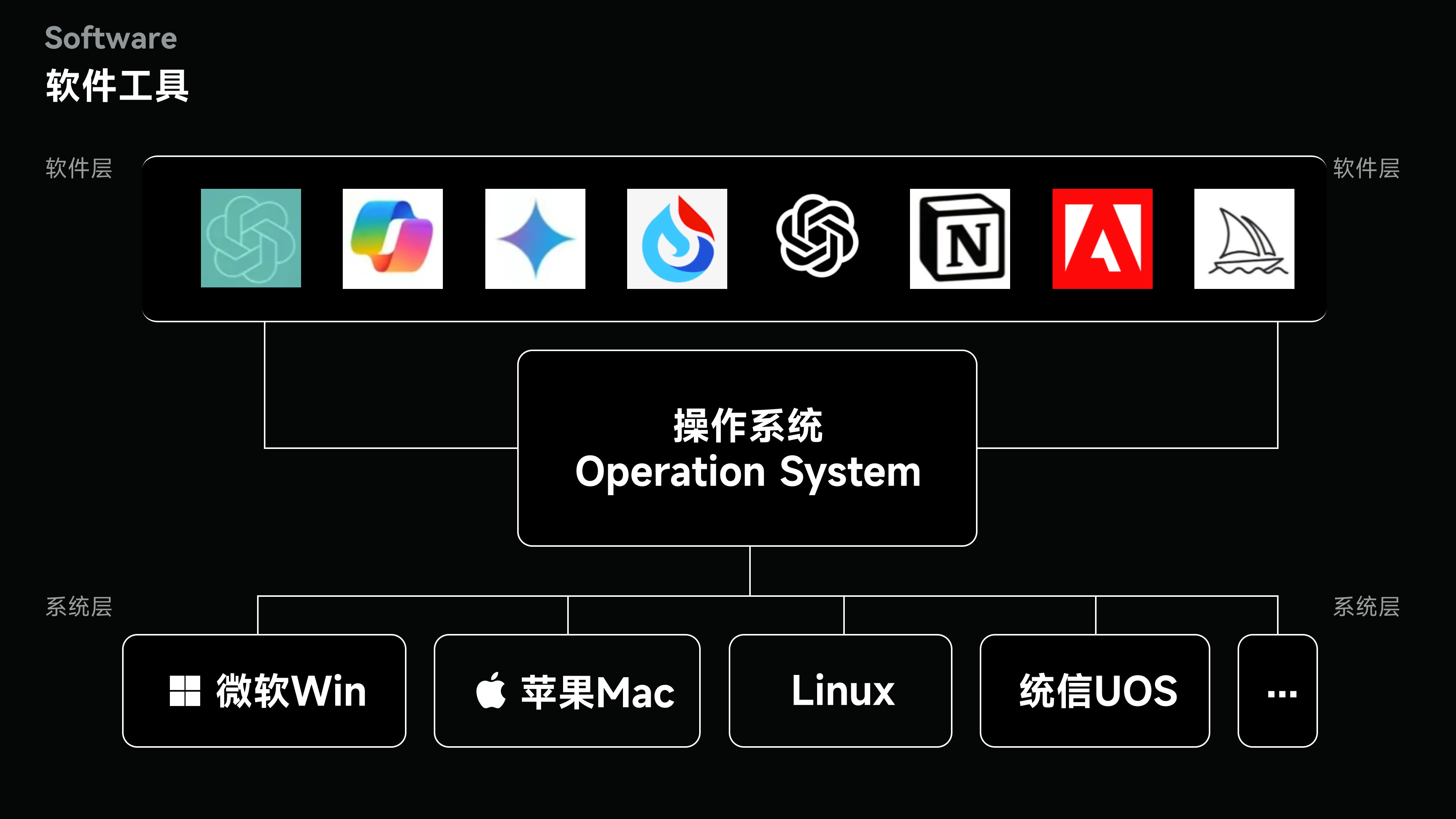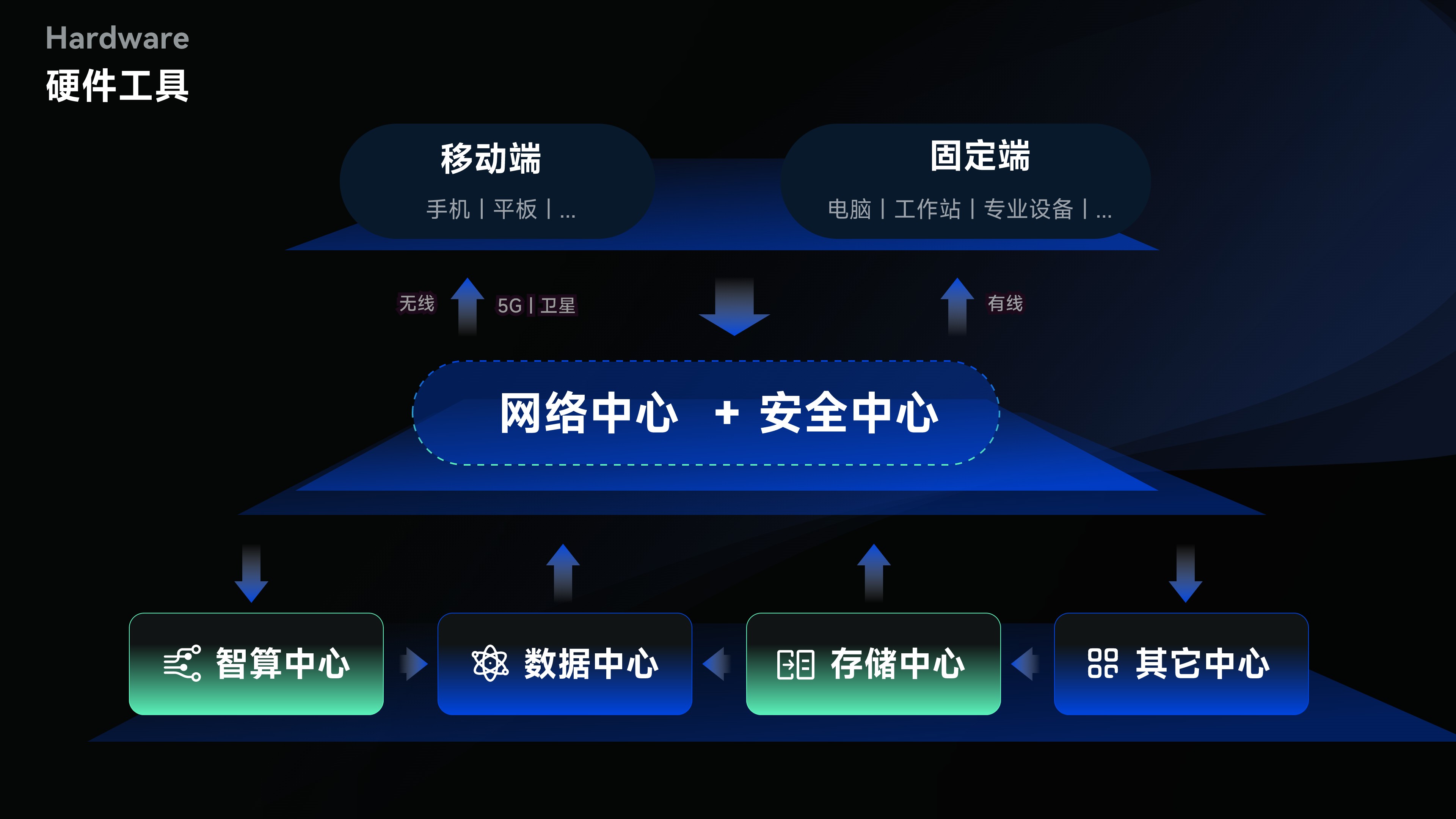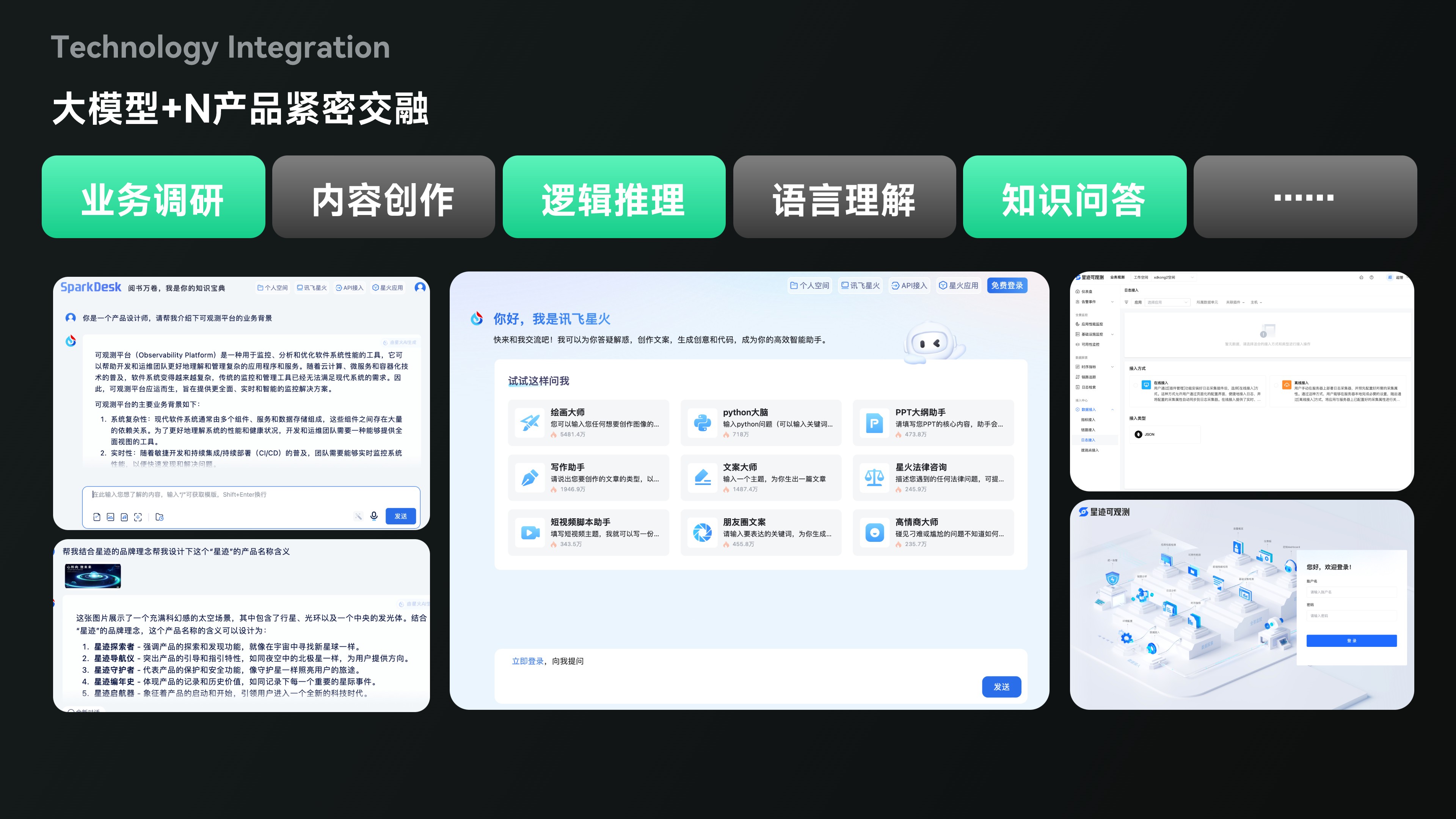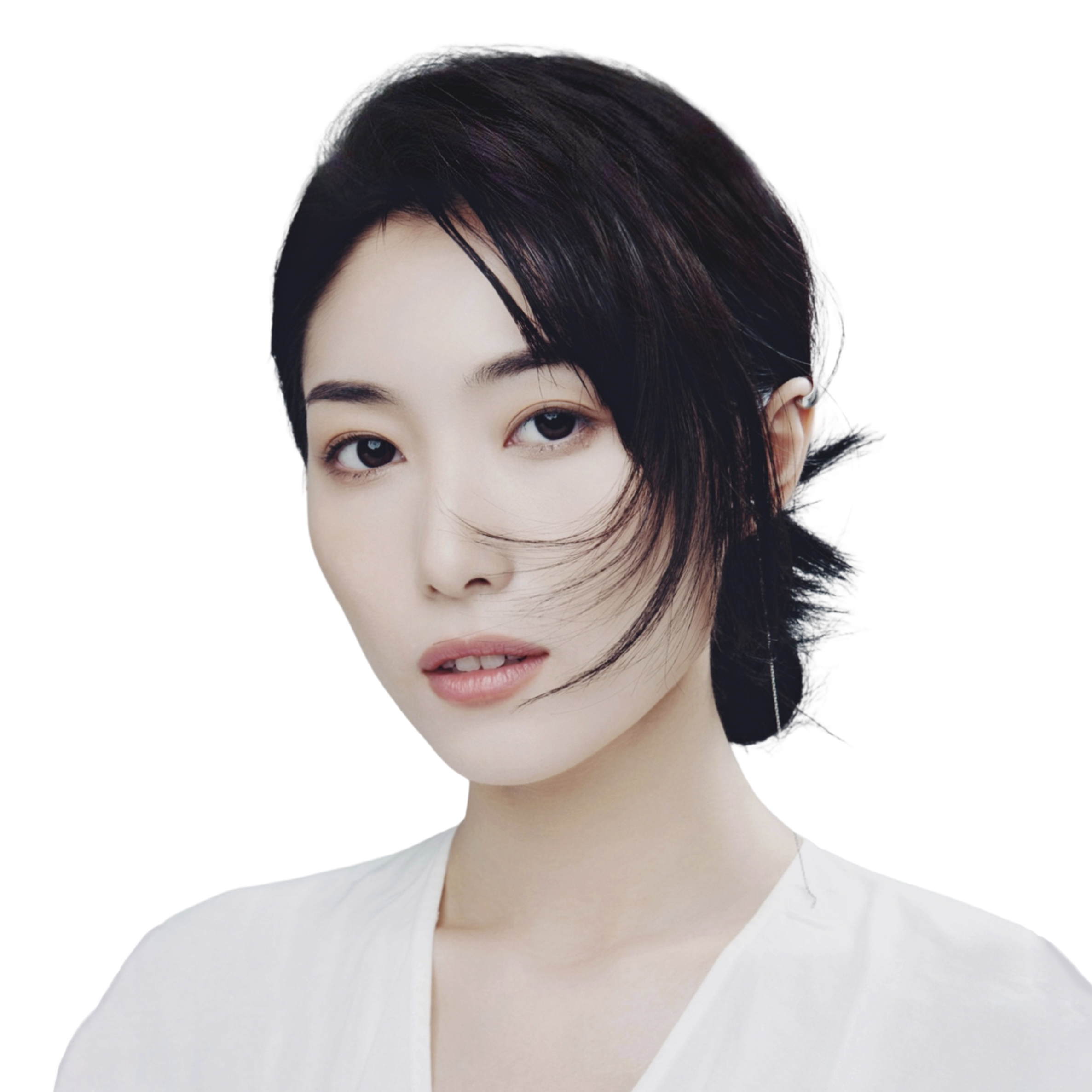-
 Huang Ting
IFlytek
Senior Interaction Expert
Huang Ting
IFlytek
Senior Interaction Expert
She is a senior interaction expert, majoring in industrial design, with a Master's degree in MBA from Huazhong University of Science and Technology, and a senior professional title in national information system project management. She has been engaged in user experience related work for over 12 years since 2011, with 8 years of project management experience. She focuses on leading the entire lifecycle of product experience from design to launch, starting from design. Her work includes but is not limited to multi-dimensional work such as developing standardized systems, product design, data analysis, methodology precipitation, and has rich experience in cross team collaboration. She has led design projects in different fields such as ToG, ToB, ToC, and O2O, and has a wealth of successful cases.
Design philosophy: Always believe that good user experience design always finds a balance between content, users, and business goals, and creates an enjoyable experience.
Design New Quality Productivity Under AI Computational Thinking
Before the birth of AI, design under "design thinking" and calculation under "computational thinking" were two relatively parallel lines that were not strongly related. They had their own principles, systems and methodologies. Under the leadership of designers, they together form a three-element model of "designer-software and hardware tools-product".
With the continuous iteration and explosion of technology, powerful AI technology has gradually blurred the boundaries of the three elements, causing technology measured in "years" to evolve into technological explosions measured in "months" or even "weeks". In this context, designers slowly discovered that under the influence of AI technology, their own positioning, value and development have become blurred, and they have become confused about technology and the future.
This workshop will closely use the "three-element model" as a compass. By returning to the origin, supplemented by the mutual transformation relationship between the three elements, designers can understand the essence behind the phenomenon and improve design in the new era. Reposition and analyze the principles of "computational thinking" to allow designers to understand the advantages and disadvantages of AI technology, allowing all technologies to return to the essence of tools. This allows designers to become technology swordsmen, use new technologies to maximize design empowerment, build new design quality productivity forces, and calmly respond to opportunities and challenges in the new era.
The main content of this course:
1 、Parallel 1: Design Thinking
1.1 Design Thinking Concept
1.2 Design Thinking System
1.3 Design methodology of “The Three Elements”
2、Parallel 2: Computational Thinking
2.1 Computational Thinking Concept
2.2 Computational Thinking System
2.3 Artificial Intelligence born from Computational Thinking
2.4 Advantages and Disadvantages of Artificial Intelligence
3、The intersection of design thinking and computational thinking in the AI era
3.1 Design confusion in the AI era—taking three elements as an example
3.2 The repositioning of design in the AI era
3.3 Re-empowerment of design in the AI era - New Design Quality Productivity Forces
4、New Design Quality Productivity Forces applications—taking the BtoB as an example
4.1 Making abstract problems concrete
4.2 Atomization of concrete problems
4.3 Atomic problems solved one by one
4.4 Solution conclusion Collection
4.5 Practical exercises of New Design Quality Productivity Forces
5、Win in AI era by New Design Quality Productivity Forces
5.1 Let technology return to the essence of tools
5.2 Let New Design Quality Productivity Forces play the role of technology
5.3 Designers start again and take action in new era!
New Design Quality Productivity Forces is the extension and application of New Quality Productivity Forces in the design field. "New" emphasizes innovation as the core, "Quality" emphasizes quality as the goal, and "Productivity Forces" is the combination point and driving force of "Innovation" and "Quality".
All in all, although innovation is the core of new design productivity, it does not mean the subversion of traditional design. Its real purpose is to integrate various advanced technologies into traditional design, transform it with innovation, and upgrade it with technology, so as to empower and reshape traditional design with high quality and high efficiency.
1、Team Ice Breaker: Overview of the workshop, group members get to know each other
2、Interactive session 1: Open discussion based on a small topic and personal sharing
3、Knowledge review: Review of methodological system
4、Interactive session 2: Set up topic group practice and communicate with group representatives
5、Summary Interaction: Q&A
1、UX/visual/product designer with 3-5 years of experience
2、To B or to G of medium and large projects, junior and intermediate product managers
3、Design industry explorers, practitioners interested in design in the AI era
1、Understand the essence of computational thinking & design thinking, and learn these ideas and methods
2、Seize the design opportunities in the AI era and identify the direction of personal future growth and development
3、Learn how to make better use of new tools in the AI era as a multi-domain product designer
-
 New Design Quality Productive Forces
New Design Quality Productive Forces
-
 Software
Software
-
 Hardware
Hardware
-
 The Three Elements Under AI Era
The Three Elements Under AI Era
-
 The Three Elements before AI Era
The Three Elements before AI Era
-
 Technology Intergration
Technology Intergration








